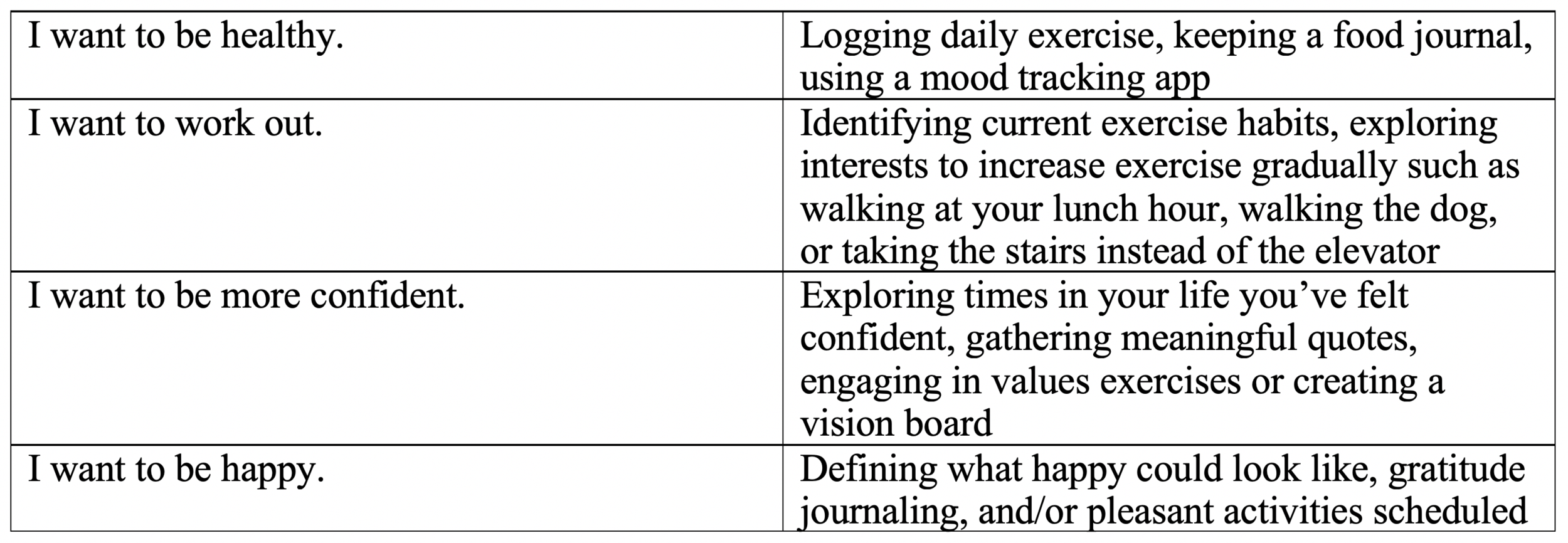There’s the old saying that, “deeds are more powerful than words.” It means that action is just as important, if not more so than simply talking. Although finding insight and discussing your intentions are valuable, the more critical step is actually taking action. It’s also the hardest as it means committing to a path, course, or direction.
Also, it means taking a risk, with the haunting possibility of failure. Yet, an action also has the greatest chance of success. After all, if you choose to do nothing then there will certainly be no benefit. Therefore, consider the importance of action and why you should be asking “what?”
Understand Action and Empowerment
When you commit to action and focus on the “what” you are empowering yourself. You are the person who is choosing to do something. This is much more strength-based as opposed to letting others do things for you. Or, to allow events to direct you instead of you being the one to take direction. If this is new for you then taking action may be intimidating or even scary. However, it is also thrilling and exciting to be the one committing to action. It’s led to some of the defining moments of our history. For example, it was the simple act of refusing to move from a bus seat that sparked the modern civil rights movement.
Focus on the “What” Versus “What Ifs”
When considering action, it’s easy to get caught up in the “what ifs” rather than the “what.” For example, you may spin your wheels considering all of the possible outcomes of a situation. Although both the positive and negatives outcomes exist, it’s not uncommon to solely focus on the negative ones. In turn, this can quickly lead to inaction. Instead, direct your attention to the “what” and doing the action. Yes, considering the outcome of your decision is important. Yet, if you get too stuck on the “what ifs” then you will never actually do anything.
Know That There Is No Perfect Choice
Another problem that you might have is focusing on the “perfect” decision. If you don’t make the perfect decision, what could happen? The possibilities are endless, no doubt. The reality is that there is no perfect choice. There is simply the choice (or choices) in front of you. Therefore, decide what you can do right now. In short, choose your “what.” Otherwise, you will again be stuck in the zone of crippling indecisiveness.
Find Purpose with Your “What”
You may feel that you don’t have any purpose in life. Thus, you are listless, drifting about in the world. This doesn’t have to relate only to your professional life or job. It could have to do with anything in your life. Are you just waiting for something to happen? Maybe you’re waiting for life to come to find you, fulfilling your goals and dreams. Waiting won’t fill the void that you are looking to fill.
Instead, the fastest way to discover your purpose is to choose your “what.” The reason is that your “what may take you down a path you weren’t expecting, leading to new possibilities that you never even considered. Or, perhaps you discover that you have chosen a dead-end. So what do you do now? Make a new choice and take a different course of action. Both paths are ways to finding your purpose.
Be Willing to Commit
When you choose your “what,” you are committing to something. Despite commitment being a word you may frequently hear, do you truly understand its meaning? Committing to something means a willingness to stick with it, even with the ups and downs. It means being in it for the long haul and being dedicated to the action. It’s easy to be scared away from your “what” because of the commitment. Yet, committing is necessary in order to find success. When you are asking “what,” you are directing yourself toward action. Even if you decide later on down the road that it was the wrong decision, you’re still on a successful journey to your purpose. You can always make another choice. For now, being willing to commit to the “what” and to the direction you take.
Guest post written by Brenda Bomgardner, LPC, BCC, ACS
After completing a successful 17-year career in Human Resources at a Fortune 500 Company Brenda returned to school to earn her master’s degree in community counseling and a certificate as a board certified coach. She then launched a private practice, Creating Your Beyond, LLC. Working with adult survivors of childhood sexual abuse and providing entrepreneurial guidance along with career coaching brings her fulfillment and joy. She is described by her peers as an expert on Acceptance and Commitment Therapy (ACT). Her new book, Sweet Spot: Finding Your Private Practice Groove with Principles for ACT, will be released in the summer of 2019. Chocolate is her favorite food group and adventure is her passion pursuit. She loves visitors and invites you pop on over to her website at Creating Your Beyond and take a look around. https://brendabomgardner.com


















